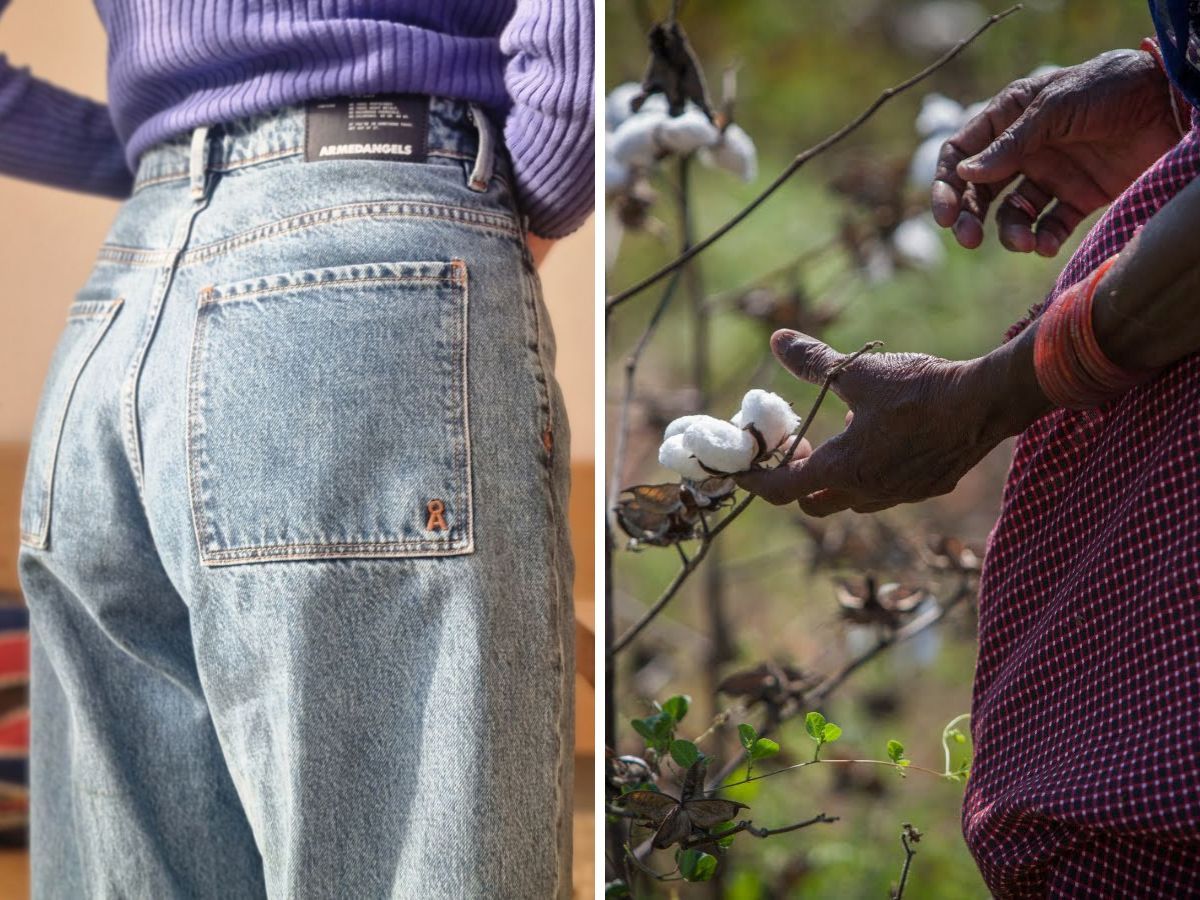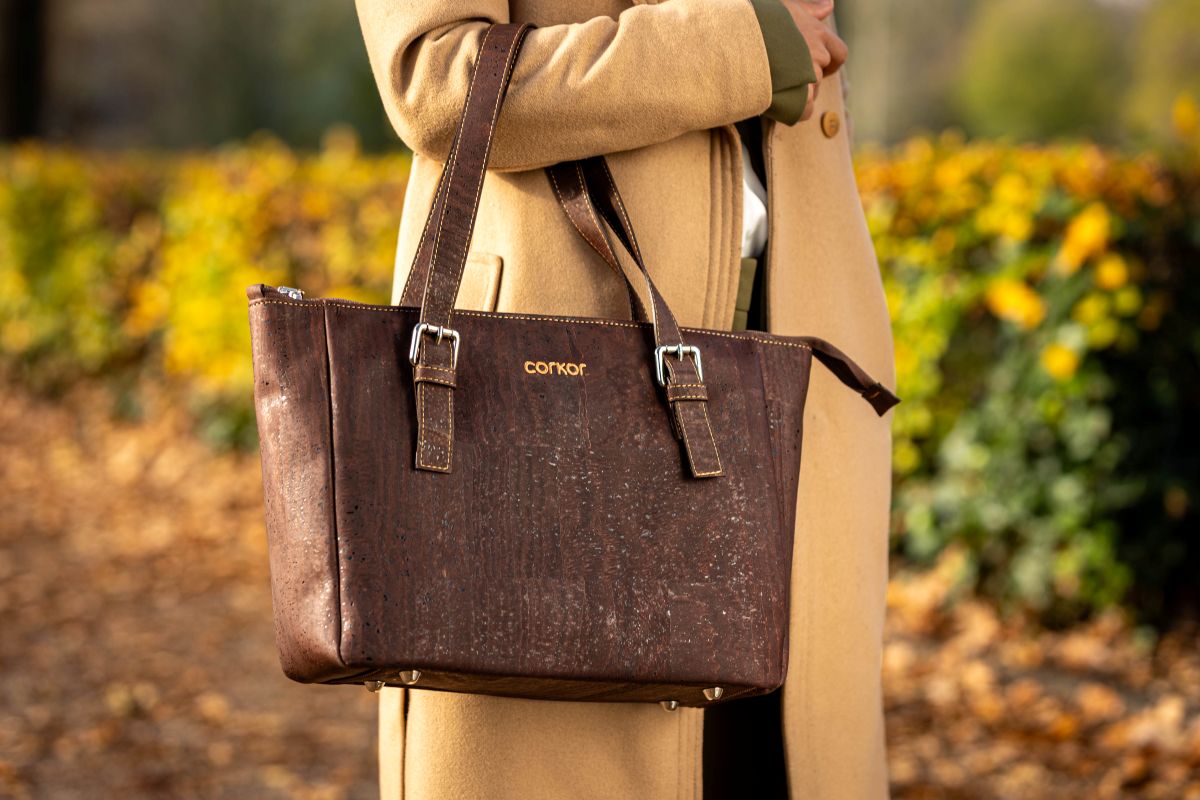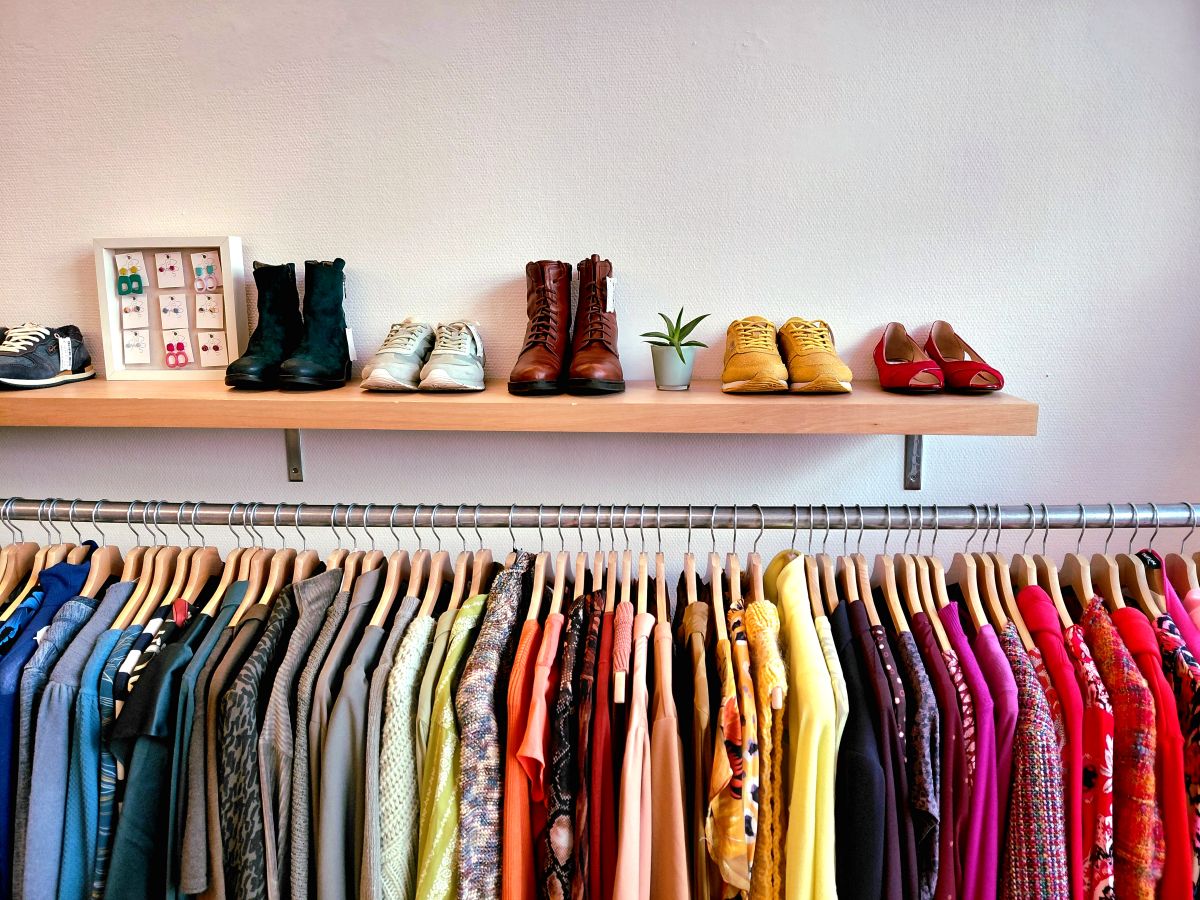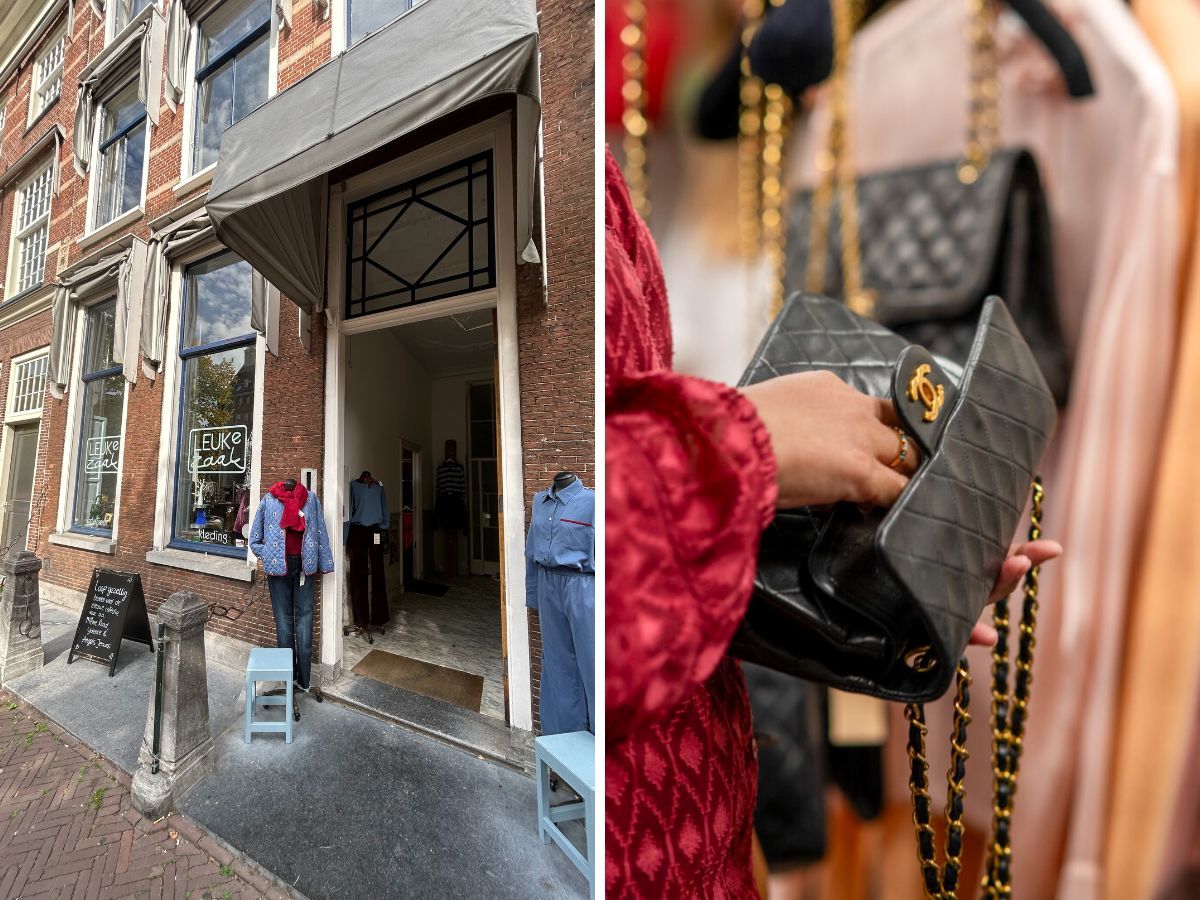Chances are you have several garments hanging in your closet made of cotton. This popular, natural material is known to be sustainable. But beware: classic cotton turns out to be the most polluting crop in the world! So what exactly about organic cotton? Is it better? A tip of the hat: yes it is! Unfortunately, even that doesn't turn out to be black and white. What can you look out for when buying a new clothing item? In this article, we explain everything you need to know about cotton.
Toxic cotton cultivation
Cotton has been used in many places around the world for thousands of years. The ancient Egyptians, for instance, were already big fans. Today, it is one of the best known and most widely used fabrics for clothing. To meet this great demand, the cotton plant has become the most cultivated non-edible plant in the world. And this requires a lot of agricultural land, which in turn causes deforestation. Moreover, a lot of water is used in cotton production: up to a thousand litres for one T-shirt!
Although cotton farming provides many jobs in countries such as Bangladesh, China, India and Turkey, these are not always safe workplaces. This is because a lot of chemicals, fertilisers and pesticides are used in cotton cultivation. Plantation workers come into contact with these every day, with unpleasant consequences such as skin diseases and allergies. In addition, the environment takes a big hit, as all these dangerous substances are not exactly good for biodiversity. Not to mention erosion, soil depletion and massive surface water pollution.
Cotton is processed, dyed and de-crimped
And it doesn't end here. Before a regular cotton T-shirt is in your closet, it is processed, dyed and de-cleaned with all sorts of dangerous and polluting chemicals. These residues remain in your clothes and can cause allergic reactions. Not to mention the working conditions ín the cotton factories, where workers work long hours, hardly get paid and work in unsafe buildings.





Cotton cultivation in India, Tanzania and Mozambique.
Organic cotton the solution?
Is there any positive news? Sure! Cotton is biodegradable, made from renewable resources and it does not contribute to the plastic soup. Moreover, cotton production produces few CO2 emissions and other greenhouse gases.
Ok. Regular cotton turns out not to be so sustainable after all, but is organic cotton better? Yes! Organic cotton is grown without the use of artificial fertilisers, toxic pesticides or genetic engineering. This also makes organic cotton farming safer for the workers on the plantations.
No genetic manipulation unfortunately also has disadvantages, as growing organic cotton requires much more farmland. Often twice as much. In addition, much more water is used: sometimes up to 2,500 litres (!) for one T-shirt. Moreover, organic or organic cotton alone does not say enough, because you do not know what means have been used to process the product. Nor does it say enough about the working conditions: did the workers receive a safe workplace and decent wages? So it all turns out not to be that simple.
Where is your T-shirt from?
To complicate matters further, it is almost impossible for you as a consumer to find out exactly where your T-shirt, jumper or fitted sheet was made. Because while mainly laborious clothes, such as wedding dresses, are made in Western countries, the rest of the production is outsourced to countries with lower wages. Then you have to think of Bangladesh, Vietnam or China. Because production takes place so far from home, this creates a lot of ambiguity. Labels such as Made in... do not really mean much, because one garment can contain cotton from different plantations and factories. This makes it very difficult to discover how the garment was created.
Better and stricter rules are needed
To start with unpleasant news: no clothing brand is currently 100 per cent clean, according to research by the Clean Clothes Campaign. Fortunately, many steps are being taken in this area, for example with the Bangladesh agreement. This is a binding agreement between garment brands, trade unions and NGOs to improve working conditions in factories in Bangladesh. The organisation Solidaridad is also committed to supporting cotton farmers in a sustainable way. But we are far from there. Better and stricter European legislation is badly needed.
Numerous labels and certificates
Back to your wardrobe for a moment. So cotton cannot exactly be called a sustainable material. But suppose you want to buy a new garment, what should you look out for? There are different kinds of labels and certificates in the clothing industry. Some of these have been created by (fast fashion) clothing brands themselves, to make you as a consumer believe that you are making a sustainable purchase. But which labels can you trust? First of all, of course, it is important to have independent, accredited verification. So that the label is actually trustworthy. Because many labels focus on a different part of production, your garment may have several labels on it.


A cotton jumper from Ecoalf, a sustainable fashion brand including A B Corp certification. This jumper is a blend of recycled cotton and organic cotton. You can read more about recycled clothing here.
Buying cotton? These are good labels
And what are some good labels if you want to buy a cotton garment? The Max Havelaar label for example. This organisation checks that the farmers producing the cotton get a fair and good price for their merchandise. This label was created to support small producers in developing countries, but therefore says nothing about the type of cotton. The Fair Wear Foundation (FWF) is committed to good working conditions in the garment industry. Again, this label says nothing about the type of cotton, but it does say something about the production process. Want to be sure you are buying truly organic cotton? Then choose garments with the GOTS label. At least 70% of these clothes are made of organic cotton, you can find these clothes for example at ARMEDANGELS. Of course, you can also opt for a garment made of recycled cotton.
Finally, the best thing to do is of course to buy fewer clothes, repair them or buy second-hand. But if you are really looking for something new, now you know what to look out for.
More sustainable tips from thegreenlist.nl
- Is bamboo a sustainable alternative to cotton? You can read about it in this article.
- If you're looking for sustainable fashion: Have you considered King Louie?
- Even more sustainable: buy cotton second-hand. Find out how to find the best outfits at the thrift shop.
- Wondering what other sustainable fabrics there are? Then be sure to read this article on sustainable materials.
Sources: Hallmark indicator - Milieu Centraal, Clean Clothes Campaign, FromHier - ASN Bank, Good Clothes, Fair Pay. Photo credits: Annemarieke van den Broek, Solidaridad & Fairtrade, jeans and other clothing: thegreenlist.nl.












